Este é o filme que deu
a Ingrid Bergman seu primeiro Oscar de Melhor Atriz. Este é o primeiro filme
feito pela atriz Angela Lansbury. Este é mais um filme com uma protagonista
forte dirigido por George Cukor. E este é o filme que originou o termo “gaslighting”,
que ainda pode ser usado até hoje em uma situação muito triste e sexista. Este
é “À Meia Luz”, de 1944.
This is the film that gave Ingrid Bergman her
first Best Actress Oscar. This is the first film Angela Lansbury appeared in.
This is another film with a strong female lead directed by George Cukor. And
this is the film that gave us the verb “gaslighting”, one that can still be
used today in a very unfortunate and sexist situation. This is 1944's
“Gaslight”.
Paula Alquist (Ingrid
Bergman) se muda da Inglaterra depois de uma tragédia acontecer em sua casa.
Ela vai para a Itália estudar canto com o melhor maestro do país. Um dia,
muitos anos depois de sua chegada, o maestro percebe que o coração dela não
está no canto, e que ela está “feliz demais” para ser uma grande artista: ela
só pode estar apaixonada. O maestro a libera para ser feliz como uma mulher casada
e desistir do canto.
Paula Alquist (Ingrid
Bergman) leaves England after tragedy strikes in her household. She goes to
Italy to train as a singer under the best maestro in the country. One day, many
years after her arrival, the maestro realizes her heart is not in the singing,
and that she is “too happy” to be a great artist: she can only be in love. The
maestro frees her to be happy as a married woman instead of as a singer.
O homem por quem ela
está apaixonada é o pianista que a acompanha nas lições de canto, Gregory Anton
(Charles Boyer). Mas Paula é traumatizada e ingênua, e Gregory é esperto e
manipulador: é por isso que ele a segue até seu lugar de descanso no Lago Como,
e é assim que ele a convence a voltar para Londres, para a mesma casa em que a
tia dela foi assassinada, depois do casamento.
The man she is in love
with is the pianist that accompanies her in the singing lessons, Gregory Anton
(Charles Boyer). But Paula is traumatized and naïve, and Gregory is smart and
manipulative: that's why he follows her until her calm spot at Lake Como, and
that's how he convinces her to go back to London, to the same house her aunt
was murdered in, after they get married.
Gregory começa a dizer
para Paula que ela está doente, e também que ela tem tido perdas de memória e
tem perdido coisas ultimamente – e ela acredita nele. As observações dele fazem
com que ela deixe de sair sozinha de casa, e Gregory também proíbe que venham
visitas como Bessie Thwaites (Dame May Whitty), uma velhinha curiosa que adora
um bom mistério, e Brian Cameron (Joseph Cotten), um homem intrigado.
Gregory starts telling
Paula that she is sick, and also that she has been having memory lapses and
losing things lately – and she believes him. His remarks prevent her from going
out alone, and Gregory also forbids visitors like Bessie Thwaites (Dame May
Whitty), a nosy old lady who loves a good mystery, and Brian Cameron (Joseph
Cotten), a curious man.
É através de tortura psicológica
e sugestionamentos que Gregory manipula Paula. As luzes dos lampiões são uma
metáfora aqui: conforme as luzes vão se extinguindo, Paula teme que sua
sanidade também esteja indo embora. Por causa do filme, “gaslighting” se
tornou o nome de uma técnica manipulativa que envolve o questionamento da
realidade da vítima, para que todas as pessoas e até a própria vítima duvidem
do que a vítima diz. Chamar as pessoas – em geral mulheres – de “loucas”, “insanas”
e “histéricas” também é uma forma de fazer gaslighting.
It's through
psychological torture and suggestion that Gregory manipulates Paula. The lights
are a metaphor here: as they extinguish, Paula is afraid her sanity is
extinguishing, too. Because of the film, “gaslighting” became the name of a
manipulation technique that involves questioning the victim’s reality, so all
people and even the victim start doubting what the victim says. Labeling people
– usually women – as “crazy”, “insane” and “hysterical” is also gaslighting.
“À Meia Luz” pode ser
considerado um filme noir? Há muitos elementos que fazem a resposta ser
positiva: a fotografia em preto e branco com o uso de sombras, a importância da
iluminação e das fontes de iluminação em diversos frames, o mistério e o
suspense, o crime, a presença de Gregory como homme fatale - em
contraste com as femme fatales do noir. Um elemento que poderia ser
usado para refutar a hipótese é o fato de a história se passar no final do
século XIX, mas na verdade há alguns filmes noir que não se passam no presente –
sendo o principal exemplo o noir da Revolução Francesa “A Sombra da Guilhotina”(1949).
Can “Gaslight” be
considered a noir film? There are many elements that make a case for a “yes”:
the black and white photography with the use of shadows, the importance of
lightning and sources of (gas)light in many frames, the mystery and suspense,
the crime, Gregory as a homme fatale. One element that could be used to refute
the hypothesis is the setting of the story in the late 19th century,
but there are a few noir films not set in the present – the main example being
the French Revolution noir “The Black Book”, from 1949.
As atuações são extraordinárias.
Ingrid Bergman tem olhos muito expressivos, e faz um monólogo poderoso perto do
final do filme. Charles Boyer é incrivelmente sinistro, e desde o começo
sabemos que suas intenções são as piores – em minha opinião, ele e Bergman
mereciam o mesmo reconhecimento. Ambos foram indicados ao Oscar, mas apenas
Ingrid ganhou – Boyer perdeu para Bing Crosby em “O Bom Pastor” (1944).
The performances are
extraordinary. Ingrid Bergman has in her eyes her most expressive feature here,
and she delivers her best monologue in a key scene near the ending. Charles
Boyer is incredibly sinister, and from the start we know his intentions are no
good – in my opinion, he and Bergman deserved the same recognition. Both were
nominated for Oscars, but only Bergman won – Boyer lost to Bing Crosby for
“Going My Way” (1944).
Há duas empregadas
trabalhando para Paula e Gregory: Elizabeth (Barbara Everest) e Nancy (Angela
Lansbury). Lansbury tinha apenas 17 anos quando fez o filme, e foi indicada ao
Oscar de Melhor Atriz Coadjuvante. É algo curioso porque, como a vivaz Nancy,
eu esperava que o papel dela fosse maior. O mesmo aconteceu com o papel de May
Whitty: na minha opinião, ambas foram quase desperdiçadas. Angela Lansbury foi
escalada para o papel em “À Meia Luz” quando o roteirista John van Druten
convenceu David Selznick a fazer um teste com ela como favor à mãe dela, a
também atriz Moyna McGill, que havia fugido da Inglaterra quando a guerra
começou.
Working for Paula and
Gregory there were two maids: Elizabeth (Barbara Everest) and Nancy (Angela
Lansbury). Lansbury was only 17 when she made the film, and she was nominated
for a Best Supporting Actress Oscar. It's curious because, as the flirty Nancy,
I expected her role to be more substantial. The same happened to May Whitty's
role: in my opinion, both were underused. Angela Lansbury became part of the
“Gaslight” cast when screenwriter John van Druten convinced Selznick to
audition her as a favor to their mother, also actress Moyna MacGill, who had
fled England when the war started.
“À Meia Luz” teve
origem em uma peça de teatro escrita por Patrick Angel, intitulada “Angel Street”.
Em 1940, uma adaptação para o cinema foi feita na Inglaterra, estrelando Diana
Wynyard (a protagonista de “Cavalgada”, de 1933) e Anton Walbrook (mais
conhecido como Lermontov em “Os Sapatinhos Vermelhos”, de 1948). A MGM queria
que todas as cópias desta versão fossem destruídas, mas felizmente algumas
sobreviveram porque haviam sido guardadas sob o título original de “Angel
Street”.
“Gaslight” originated
from a stage play written by Patrick Hamilton and called “Angel Street”. In
1940, a film adaptation was made in England, starring Diana Wynyard (the lead
of 1933's “Cavalcade”) and Anton Walbrook (best known as Lermontov in “The Red
Shoes”, from 1948). MGM intended to have all copies of this version destroyed,
but fortunately a few of them survived because the reels were labeled “Angel
Street” and not “Gaslight”.
Misteriosa,
surpreendente, com ótimas atuações e lindos cenários – o filme também ganhou o
Oscar de Melhor Direção de Arte – Decoração em filme em Preto e Branco – “À
Meia Luz” é uma pérola e uma obra-prima, que não apenas nos envolve e surpreende,
mas também que explica um fenômeno que precisamos combater até hoje.
Chilling, surprising,
with great performances and great sets – the film also won the Best Art
Direction – Interior Decoration in a Black and White film Oscar – “Gaslight” is
a gem and a masterpiece, that not only engages and amazes, but also explains a
phenomenon we must combat until today.
This is my contribution
to the Adoring Angela Lansbury blogathon, hosted by Gill at RealWeegieMidget
Reviews.
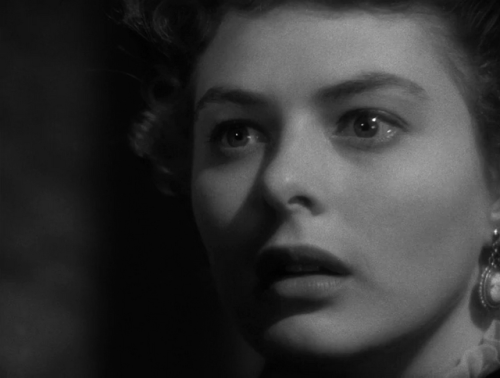
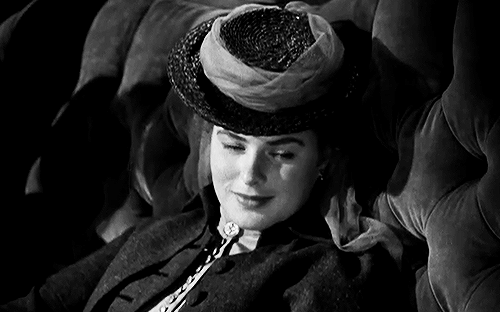
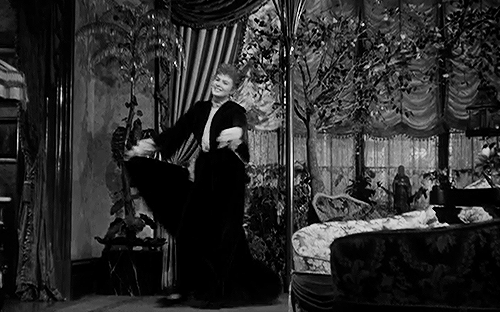
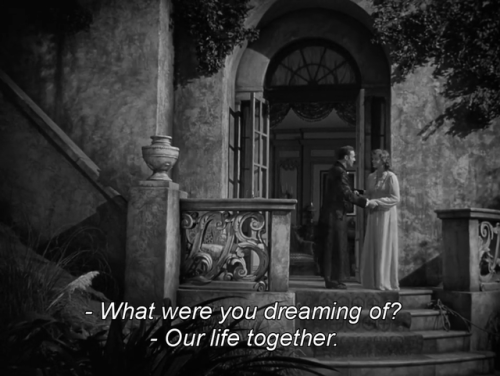
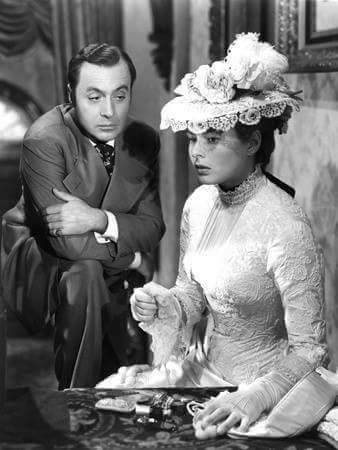
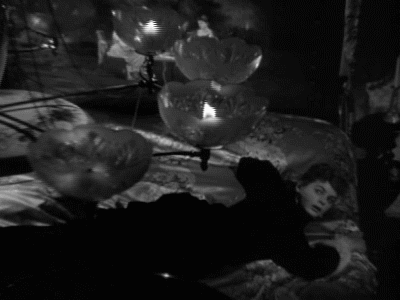

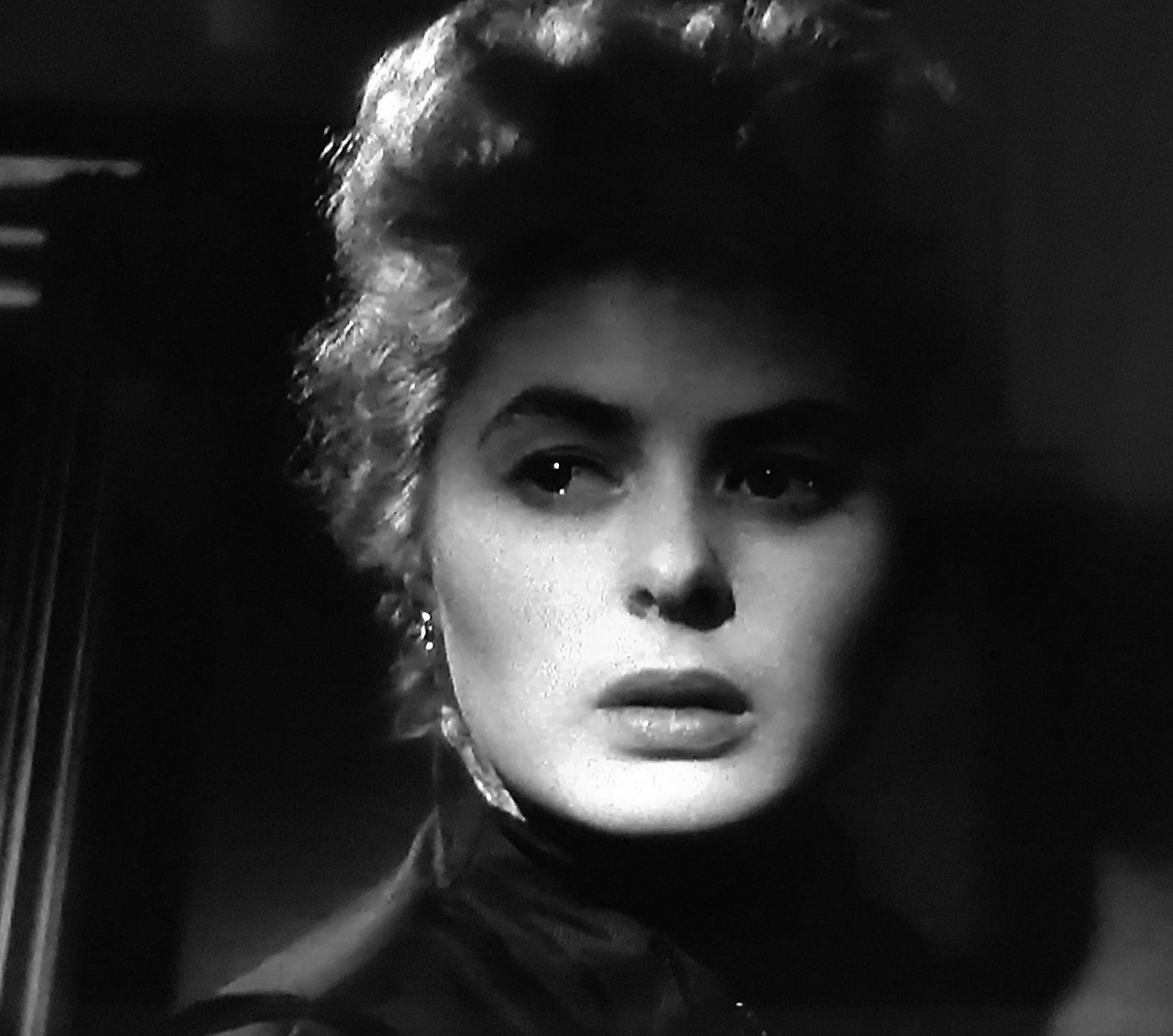
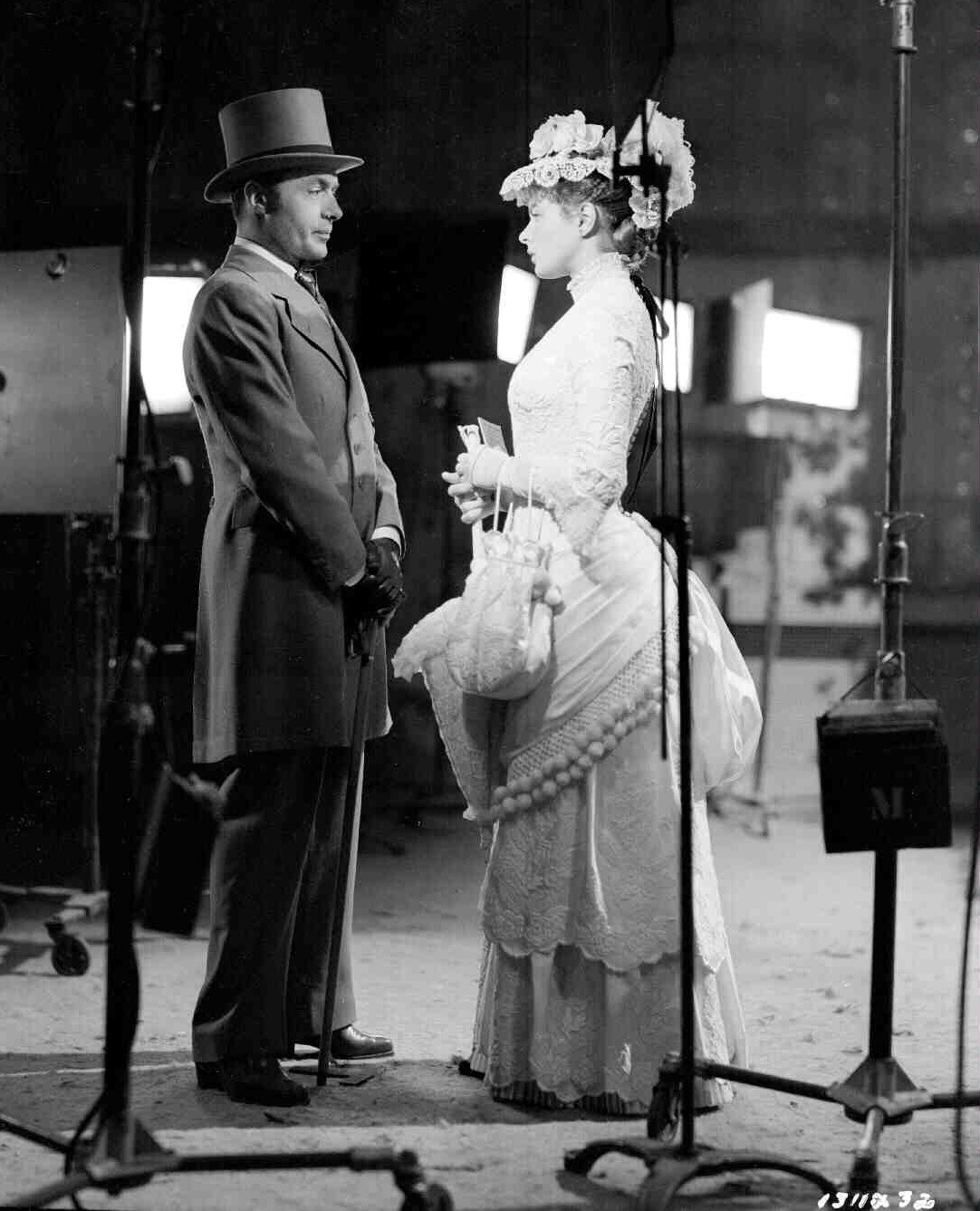
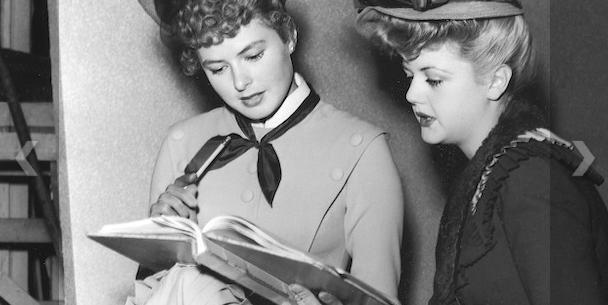

3 comments:
Great article Leticia! I agree with you that Ingrid and Charles Boyer deserved equal recognition. I'll share you article on my Three Enchanting Ladies fb page!
Lovely article - this sounds a fabulous cast and your post makes it one I want to discover more on with its great cast. Thanks for joining the blogathon.
Gaslight is a true gem from MGM. It is a shame and very stupid of them to attempt to erase the British film from existence. I have never understood their thinking that only one (theirs) should be available.
Angela Lansbury made an extraordinary debut and her recognition by the Academy was truly deserved.
Post a Comment